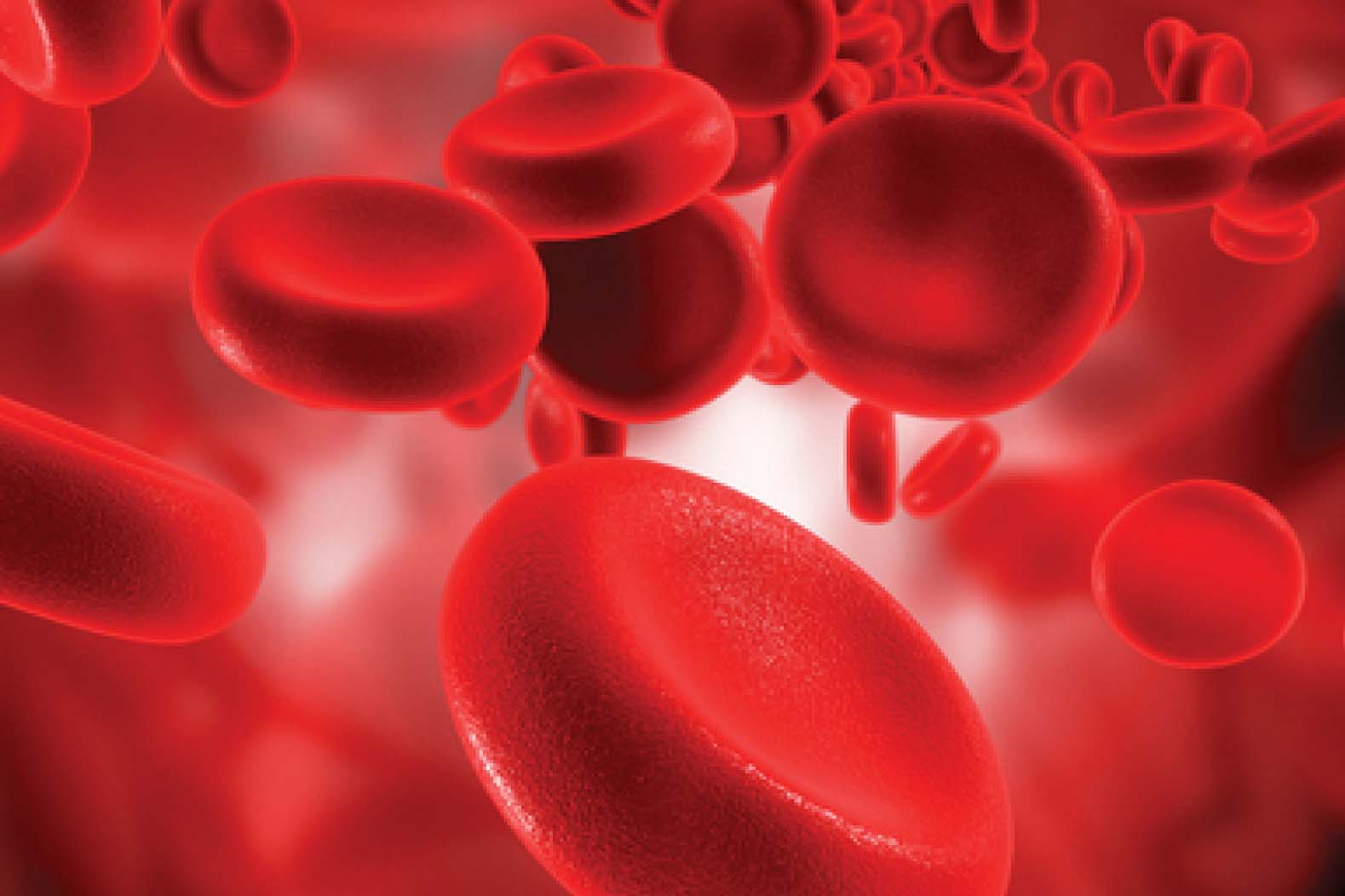Hematology is a branch of medicine that deals with the study of blood, blood serving organs, and blood diseases.
Those that specialize in haematology are called the haematologist or a haematology doctor.
A hematologist specializes in the diagnosis and treatment of blood disorders such as blood cancer, sickle cells, lymphoma, leukaemia, haemophilia, multiple myeloma, and other malignant diseases.
They also monitor and treat organs fed by blood cells such as blood vessels, spleen, bone marrow, blood cells, platelets, and other organs.
Hematologists also work in the laboratory, conducting and analyzing haematological tests.
Table of Contents
Importance of hematology.
Hematology is an important sector in medicine, they diagnose and treat both the cancerous and non-cancerous diseases of the blood cells, the blood-fed organs, the plasma, and platelets.
They also care for patients in the wards, mostly those with blood-related disorders.
They are directly involved in blood transfusions, and in genotype screening.
Hematologists undertake research on malignant diseases, and they also research the best therapies that can help improve the condition.
Types of hematological diseases treated by a hematologist.
A hematology doctor diagnoses and treats a wild range of both cancerous and benign (non-cancerous) diseases of the red blood cells, white blood cells, and the platelets. The diseases they treat include:
- Sepsis: infection of the blood
- Leukaemia: Cancer of white blood cells
- Myeloma: cancer that begins in plasma cells
- Hemochromatosis: A disease caused by too much iron in the body system.
- Haemophilia: A disease that prevents your blood from clotting
- Hypercoagulable state: A disease that increases the risk of a blood clot
- Sickle cells: Abnormal shaped red blood cells
- Lymphoma: Cancer of the lymphatic system
- Myelodysplastic syndrome: This disease is caused by insufficient healthy blood in the bone marrow.
- Thalassemia: A condition where your body cannot produce enough haemoglobin.
- Anaemia: The inability of red blood cells to circulate enough oxygen to all body parts. (2)
Other procedures done by hematologists are.
- Blood transfusion
- Immunotherapy: The treatment of disease by activating or suppressing an immune system.
- Bone marrow transplant.
- Blood cancer treatment.
- Ablation therapy: The use of heat or chemicals to remove abnormal tissue.
- Stem cell donation.
- Treatment of growth factors and other procedures.
Blood composition
Human blood is made up of four different parts. Red blood cells (RBC), white blood cells (WBC), platelets and plasma.
RBC is the largest; they make up about 45% of the whole blood. They are produced in the bone marrow, and they carry oxygen from the lungs to the body tissues for respiration, and also convey carbon dioxide back to the lungs for expiration.
The WBC is also made in the bone marrow; it helps in boosting the immune system and in fighting off infections in the body.
The platelet is a small part of the blood produced in the bone marrow, which aids in blood clotting.
The plasma is the fluid part of the blood. It contains 92% water, minerals, proteins, sugar, fats, and hormones.
Hematology and Oncology, why are they always together?
1. Complete blood count (CBC).
A CBC test helps in diagnosing blood-related diseases such as anaemia, blood cancer and to check the blood level. CBC tests monitor the health status of the
- Red blood cells.
- White blood cells
- Hematocrit
- Platelet
- Haemoglobin (HB).
2. Prothrombin time (PT)
This test is used to measure how long it takes your blood to clot. A blood clot is achieved with the help of a protein called prothrombin, which the liver produces.
A PT test is also used by our health specialists to diagnose liver problems.
3. Partial Thromboplastin Time (PTT)
Just like the prothrombin test, PTT also measures the duration taken for your blood to clot. The test is used to diagnose bleeding problems such as heavy periods and nose bleeds.
4. International Normalized Ratio (INR)
This is an act of comparing your blood clot test with the results from other labs for accuracy.
The method is used by hematologists to monitor the health status of the liver.
5. Bone marrow biopsy.
This test involves taking out some bone marrow and viewing it with a microscope for abnormalities.
It is carried out by a hematologist, especially when your bone marrows are not producing sufficient blood cells.
Areas of study in hematology.
There are four major areas of study in haematology, they include.
- Anaemia: This area tries to find out why there are inadequate red blood cells in the body to carry oxygen to the tissues for respiration. They also treat the cause.
- Coagulopathy: This area tries to understand why there are abnormal blood clots and excessive bleeding disorders in the affected patients and also proffers a solution to it.
- Hemoglobinopathy: this is the abnormality of the globin chain, leading to some diseases like anaemia, sickle cell.etc..
- Hematological malignancies: This area deals with the diagnosis and treatment of blood cancers like lymphoma, leukemia, myeloma, etc.
Training
After completing medical school, a hematologist to be, spends an extra two years, to train in an area like internal medicine.
After the training, he proceeds to a 2 to a 4-year internship where he studies pediatric hematology.
The successful doctors who also passed the hematology certification exams become a board-certified hematologist.
